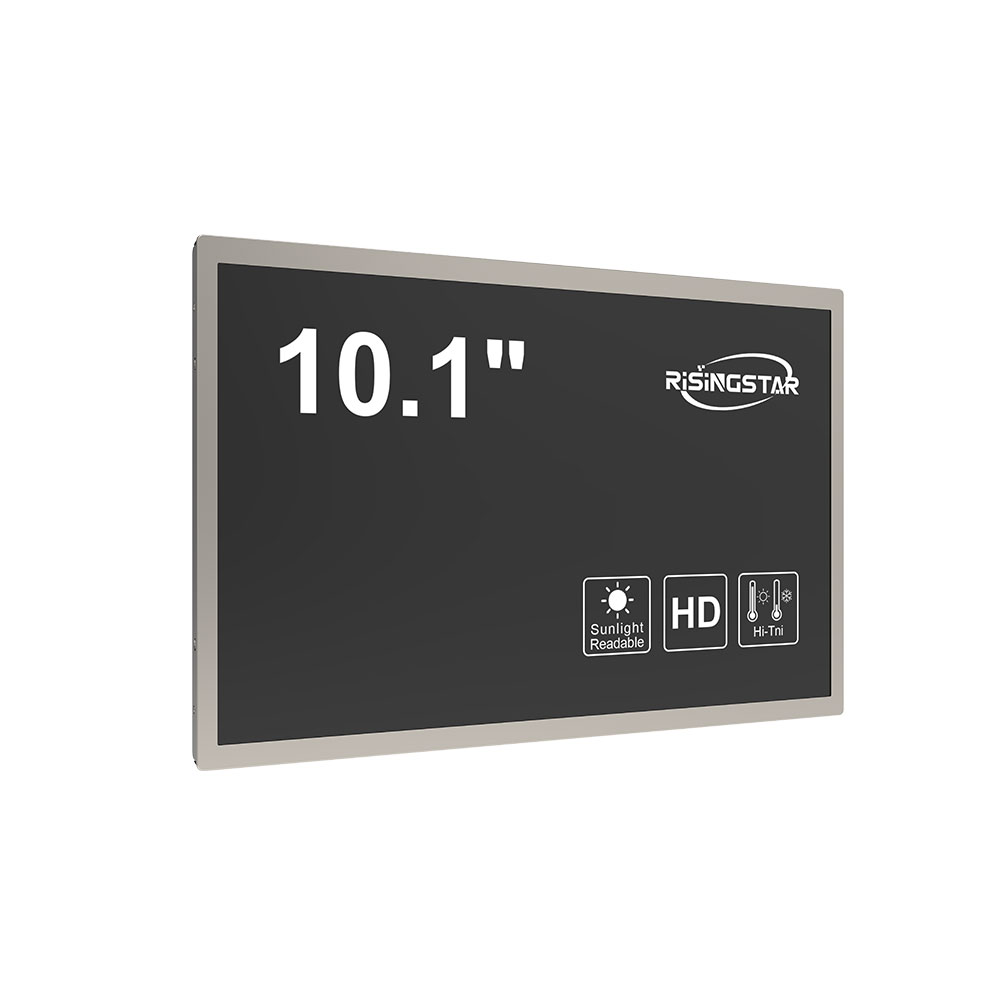- Home
- About Us
- Products
- News
- Video
- Contact
- Send Inquiry
Search
- Home
- About Us
- Products
- News
- Video
- Contact
- Send Inquiry

When selecting an outdoor LCD screen for commercial or public use, it's essential to prioritize brightness, durability, and environmental resistance. According to industry standards such as IEC 60068-2 and MIL-STD-810G, outdoor displays must withstand extreme temperatures, humidity, UV exposure, and mechanical stress. A high-brightness display—typically 5,000 nits or more—is crucial for visibility in direct sunlight, especially in regions with intense solar radiation like Dubai, Las Vegas, or Bangkok.
Manufacturers often specify luminance levels using ANSI lumens, but real-world performance depends on ambient light conditions. For instance, a screen rated at 3,000 nits may appear dim under noon sun, whereas a 7,000-nit display ensures consistent clarity across all lighting scenarios. Additionally, contrast ratio (at least 4,000:1) and wide viewing angles (170° horizontal, 170° vertical) enhance readability from multiple positions—a key factor in retail kiosks, transportation hubs, or digital signage.

Durability is equally critical. Look for screens with IP65 or higher ingress protection ratings to resist dust, water jets, and even occasional splashes. Aluminum or stainless steel enclosures with thermal management systems help dissipate heat in high-temperature environments. In cold climates, ensure the display supports -20°C to 60°C operating ranges, as many consumer-grade panels fail below freezing.
Professional installations also benefit from remote diagnostics, ruggedized mounting brackets, and built-in fanless cooling—features found in premium outdoor models from brands like LG, Samsung, and NEC. Case studies from London’s bus shelters and Tokyo subway stations show that well-maintained outdoor LCDs last 8–10 years, significantly outperforming cheaper alternatives.
In summary, choosing the right outdoor LCD screen requires balancing brightness, environmental resilience, and long-term cost efficiency—not just upfront price. Always consult specifications aligned with ISO 9001-certified manufacturing practices and request real-world testing data before deployment.